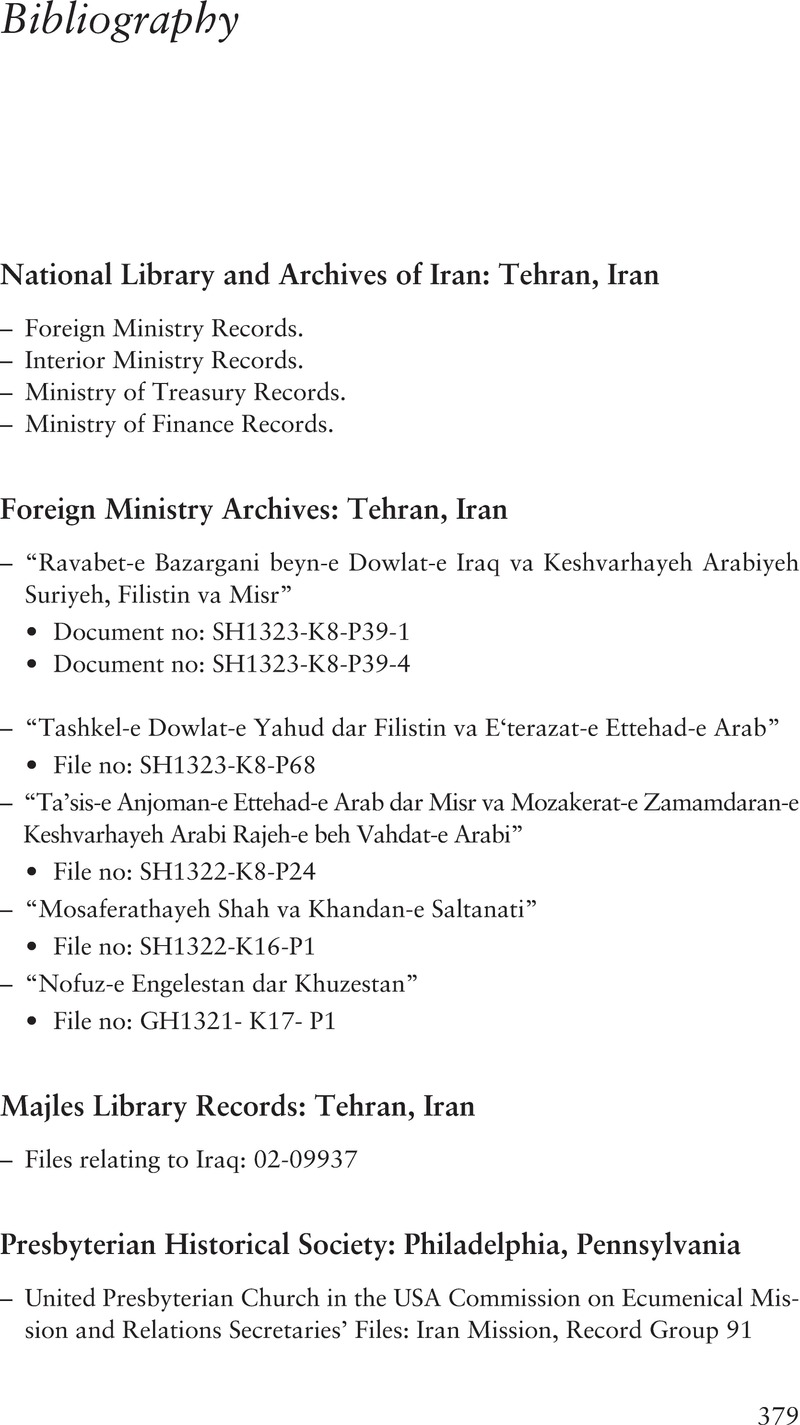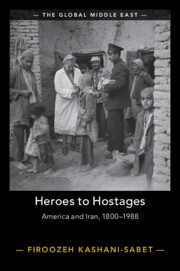Book contents
- Heroes to Hostages
- The Global Middle East
- Heroes to Hostages
- Copyright page
- Dedication
- Contents
- Figures
- Preface
- Acknowledgments
- A Note on Transliteration
- Introduction Heroes or Hostages
- Part I Uncertain Overtures (1796–1914)
- Part II Desultory Modernities (1914–1941)
- Part III Cataclysms (1941–1963)
- Part IV A Troubled Middle East (1960–1979)
- Part V The Schism (1978–1988)
- Bibliography
- Index
- References
Bibliography
Published online by Cambridge University Press: 03 August 2023
- Heroes to Hostages
- The Global Middle East
- Heroes to Hostages
- Copyright page
- Dedication
- Contents
- Figures
- Preface
- Acknowledgments
- A Note on Transliteration
- Introduction Heroes or Hostages
- Part I Uncertain Overtures (1796–1914)
- Part II Desultory Modernities (1914–1941)
- Part III Cataclysms (1941–1963)
- Part IV A Troubled Middle East (1960–1979)
- Part V The Schism (1978–1988)
- Bibliography
- Index
- References
Summary

- Type
- Chapter
- Information
- Heroes to HostagesAmerica and Iran, 1800–1988, pp. 379 - 422Publisher: Cambridge University PressPrint publication year: 2023



